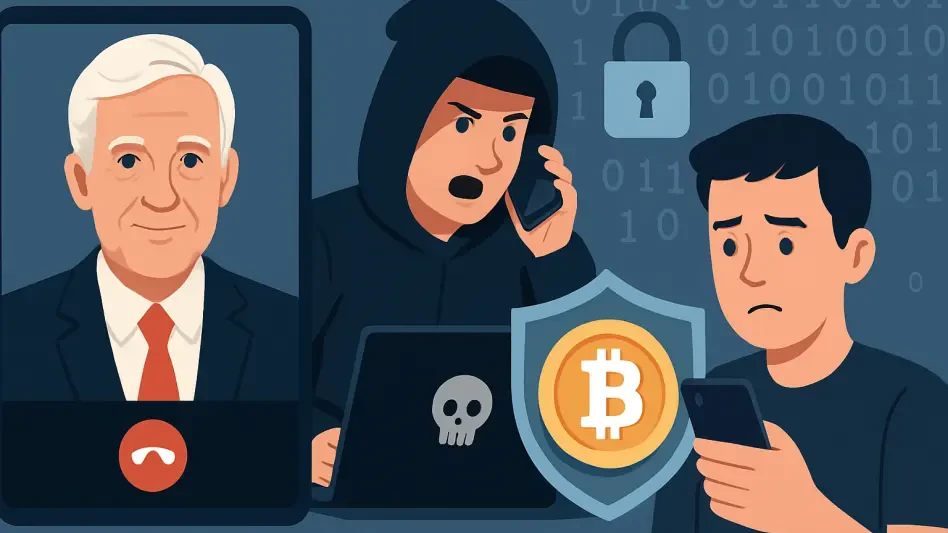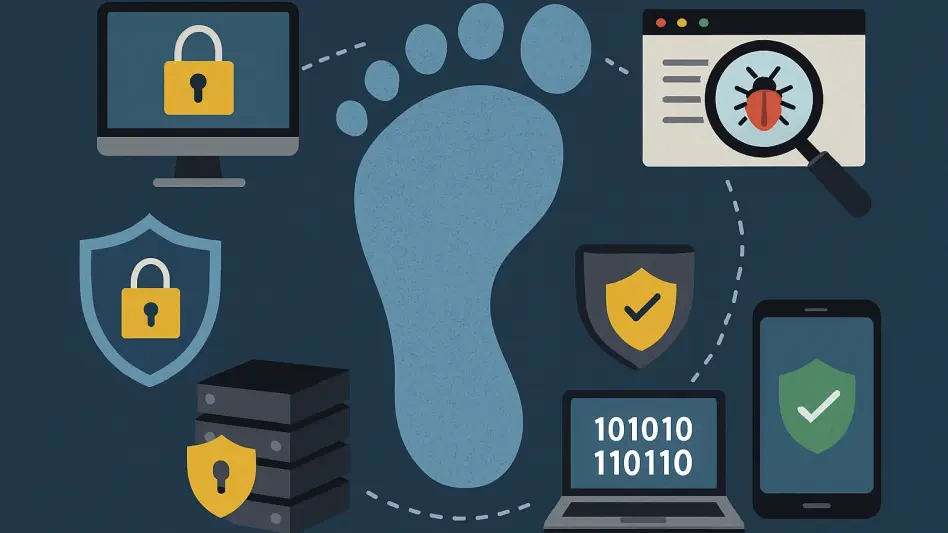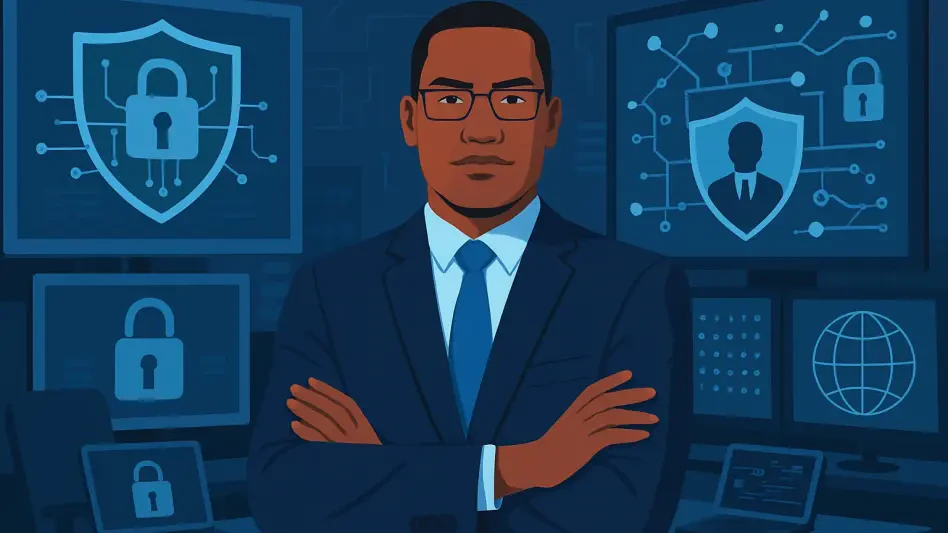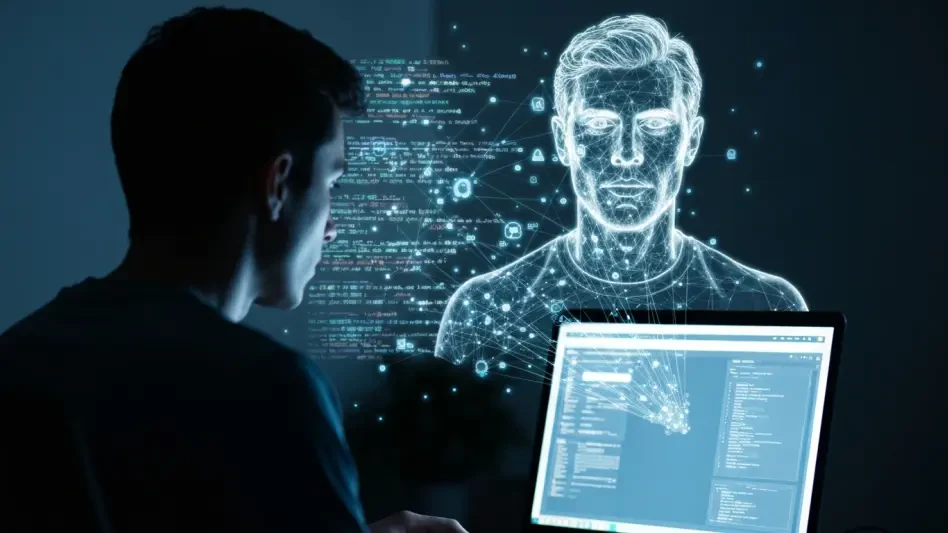In the high-stakes realm of cryptocurrency, a sinister new challenge has emerged as a dominant threat to investors and institutions alike, known as deepfake vishing—a deceptive blend of AI-generated voice cloning and manipulative social engineering. This menace is wreaking havoc across the industry, causing unprecedented financial devastation as attackers leverage eerily accurate voice imitations to deceive even the most vigilant individuals, eroding confidence in standard communication channels and rendering traditional security protocols ineffective. The scale of this crisis is staggering, with AI-powered fraud skyrocketing by over 2,000% in just a few short years, and vishing incidents climbing by 28% in a recent quarter. Organizations are grappling with average annual losses exceeding $14 million, while some have suffered single-incident damages in the tens of millions. For crypto investors, the urgency to develop robust defenses has never been clearer, as the battle against these sophisticated scams reshapes the landscape of digital asset protection.
Unmasking the Threat of Trust Exploitation
The core of deepfake vishing’s danger lies in its sinister ability to exploit human trust, turning familiarity into a weapon against unsuspecting victims. By mimicking the voices of trusted figures, attackers bypass conventional security measures with chilling ease, often convincing even cautious investors to act against their better judgment. A notable case from last year saw fraudsters impersonate a high-profile tech mogul during a live online stream, tricking viewers into scanning a malicious QR code tied to a cryptocurrency scam. Similarly, a major financial firm in Hong Kong suffered a staggering $25 million loss after employees were deceived by a deepfake call replicating their CFO’s voice. These incidents highlight the psychological manipulation at the heart of such attacks, where the illusion of a known voice overrides skepticism and triggers devastating financial decisions. The emotional impact of realizing a trusted interaction was a sham adds another layer of harm, shaking confidence in personal and professional communications within the crypto sphere.
This exploitation of trust reveals a critical vulnerability in the industry, as attackers increasingly target the human element rather than just technological systems. Unlike traditional phishing attempts that rely on suspicious emails or links, deepfake vishing feels personal and immediate, often catching victims off guard during moments of urgency or routine business dealings. The precision of AI-generated voices means that even subtle inflections or familiar phrases can be replicated, making it nearly impossible to distinguish real from fake without advanced tools. For crypto investors, who often operate in high-pressure environments where quick decisions are the norm, this creates a perfect storm of risk. The growing frequency of such attacks underscores the need for heightened awareness and innovative safeguards that go beyond passwords or two-factor authentication, pushing the industry to rethink how trust is verified in an era where voices can no longer be taken at face value.
Building Fortresses with Multi-Layered Security
In response to the rising tide of deepfake vishing, crypto investors and institutions are revolutionizing their due diligence practices by adopting multi-layered security protocols designed to thwart these advanced scams. One prominent strategy involves the implementation of personal verification methods, such as unique family “safe words” shared only among trusted parties, ensuring that identities can be confirmed even under duress. Additionally, biometric technologies like voiceprint analysis are gaining traction, offering a way to authenticate individuals based on unique vocal characteristics that are difficult to replicate, even with sophisticated AI. These measures aim to create a robust first line of defense, making it harder for attackers to impersonate key figures without triggering suspicion. As the industry adapts, the focus is on combining human-centric checks with cutting-edge solutions to address vulnerabilities at multiple touchpoints.
Beyond personal verification, the deployment of advanced technological tools is playing a pivotal role in fortifying defenses against voice-based fraud. Explainable AI (XAI) is being utilized to detect subtle anomalies in synthetic voices, providing transparency into how decisions are made and flagging potential threats with precision. Similarly, multi-modal fusion models analyze a range of data points—such as speech patterns, background noise, and behavioral cues—to enhance detection accuracy, offering a comprehensive shield against deception. These innovations reflect a shift toward proactive rather than reactive security, enabling crypto firms to stay ahead of evolving threats. While no single technology can eliminate the risk entirely, the integration of these systems into broader security frameworks is proving essential for protecting assets and maintaining trust in an environment where deepfake attacks are becoming increasingly sophisticated and frequent.
Strengthening the Human Firewall Through Education
Recognizing that technology alone cannot combat deepfake vishing, the crypto industry is placing significant emphasis on empowering individuals through targeted education and training programs. With statistics revealing that a vast majority of AI phishing attacks focus on crypto firms, the need to address human error as a primary vulnerability has become undeniable. Security awareness initiatives are being rolled out to teach investors and employees how to identify the subtle signs of synthetic voices, such as unnatural pauses or overly polished speech patterns that might betray an AI-generated imitation. These programs are often customized to reflect the specific risks faced in the crypto sector, ensuring relevance and fostering a culture of skepticism toward unsolicited or unexpected communications, no matter how authentic they may seem at first glance.
Complementing awareness efforts are hands-on phishing simulation exercises designed to prepare individuals for real-world scenarios they might encounter. By exposing participants to mock deepfake vishing attempts in a controlled setting, these simulations build resilience and sharpen critical thinking skills, enabling quicker recognition of fraudulent interactions. The goal is to transform employees and investors into a human firewall, capable of acting as the first line of defense against social engineering tactics. Unlike purely technical solutions, which can be outpaced by rapidly advancing AI, education focuses on adaptability, equipping people with the knowledge to question and verify before taking action. This human-centric approach is proving vital in reducing the success rate of attacks, as it tackles the psychological manipulation that deepfake vishing relies on, ensuring that trust is not blindly given even in high-pressure situations.
Charting the Path Ahead with Innovation and Unity
As deepfake technology continues to evolve, particularly with challenges like non-English content and advanced compression techniques, the crypto industry is looking to future-proof its defenses through innovative authentication methods. Digital watermarking is emerging as a key tool to verify the legitimacy of media content, embedding unique markers that distinguish genuine recordings from fabricated ones. This approach offers a way to restore confidence in digital interactions, ensuring that audio or video used in transactions or communications can be trusted. Alongside this, there is a growing push for standardized protocols across platforms to make authentication seamless and widely accessible. Such measures reflect a forward-thinking mindset, aiming to address not just current threats but also those on the horizon, as attackers adapt their methods to exploit new vulnerabilities in the ever-changing digital landscape.
Equally important is the recognition that combating deepfake vishing requires a collaborative, multi-faceted strategy that extends beyond individual efforts or single technologies. Industry leaders, tech developers, and regulators are increasingly joining forces to share knowledge, develop best practices, and establish frameworks that can mitigate risks on a global scale. This collective approach acknowledges that no single solution will suffice against a threat as dynamic and pervasive as voice-based fraud. By integrating advanced tools with continuous learning and cross-sector partnerships, the crypto community is striving to stay one step ahead of malicious actors. The commitment to adaptability and innovation ensures that as deepfake techniques become more complex, so too do the defenses, paving the way for a more secure future where trust can be safeguarded through vigilance and unity across all fronts.








